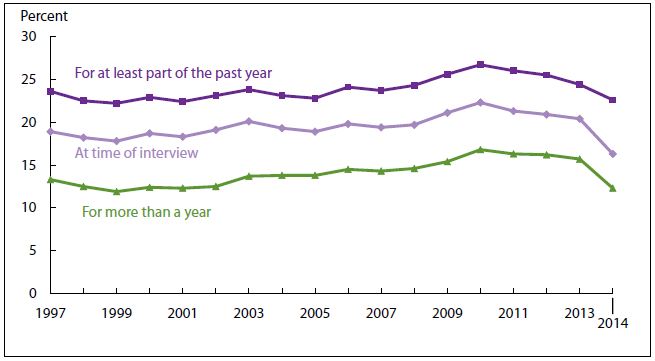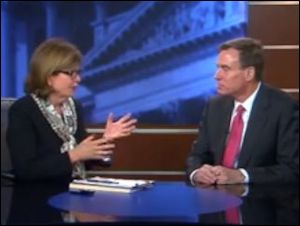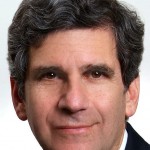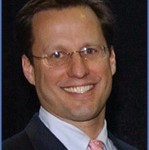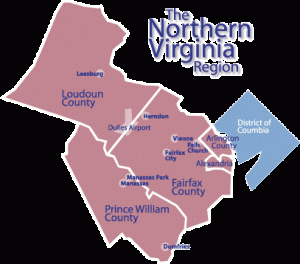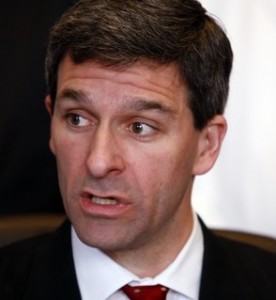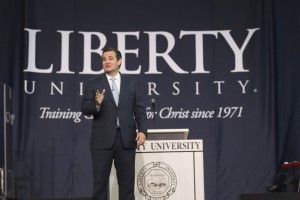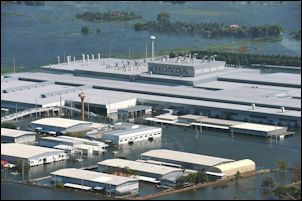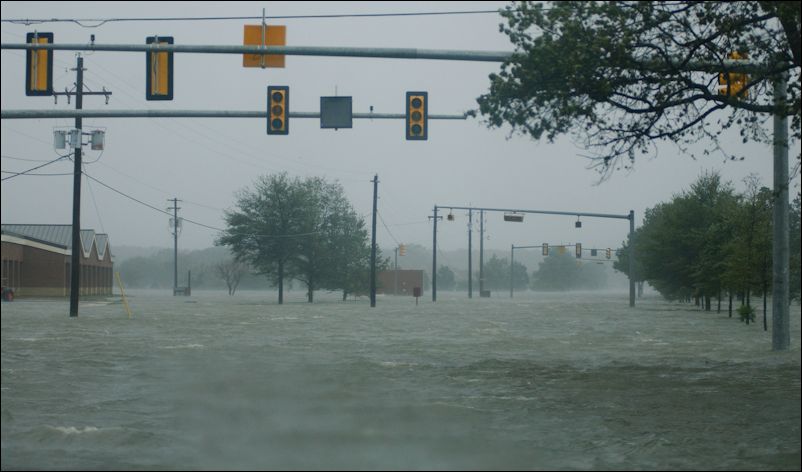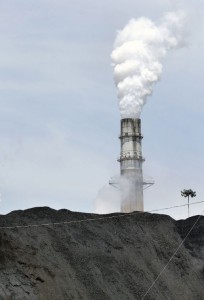
Dominion’s Chesterfield coal-fired plant is Virginia’s largest air polluter
By Peter Galuszka
You may have read thousands of words on this blog arguing about the proposed federal Clean Power Plan, its impact on Dominion Virginia Power and a new law passed by the 2015 General Assembly that freezes the utility’s base rates and exempts it from rate reviews for five years.
All of this makes some basic and dangerous assumptions about the future of Dominion’s coal-fired generating plants.
It has somehow gotten into the common mindset that the Environmental Protection Agency will automatically force Dominion to close most of its six coal-fired stations.
Is this really so? And, if it is not, doesn’t that make much of this, including Dominion’s arguments for its five-year holiday from rate reviews by the State Corporation Commission, moot?
In June 2014, the EPA unveiled the Clean Power Plan and asked for comments by this upcoming summer. The idea is to have Virginia cut its carbon emissions by 38 percent by 2025. Coal plants are the largest contributors to carbon emissions by 2025.
A few points:
Dominion announced in 2011 that it would phase out its 638-megawatt coal-fired Chesapeake Energy Center that was built between 1950 and 1958.
In 2011, it also announced plans to phase out coal at its three-unit, 1,141 megawatt Yorktown power plant by shutting one coal-fired unit and converting a second one to natural gas. The units at the station were built in 1957, 1958 and 1974.
Mind you, these announcements came about three years before the EPA asked for comments about its new carbon reduction plan. But somehow, a lack of precision in the debate makes it sound as if the new EPA carbon rules are directly responsible for their closure. But how can that be if Dominion announced the closings in 2011 and the EPA rules were made public in June, 2014? Where’s the link between the events?
When the Chesapeake and Yorktown changes were announced, Dominion Chairman and CEO Thomas F. Farrell II, said: “This is the most cost-effective course to meet expected environmental regulations and maintain reliability for our customers.” Now Dominion is raising the specter of huge bills and unreliable grid.
Dominion has other big coal-fired plants. The largest is the 1,600 megawatt Chesterfield Power Station that provides about 12 per cent of Dominion’s power. Four of its six units—built from 1952 to 1969 — burn coal. Two others built in 1990 and 1992 are combined cycle units that use natural gas and distillate oil.
Dominion has upgraded scrubbers at the units, but the Chesterfield station is the single largest air polluter in the state and one of the largest in the nation.
Another big coal-fired plant is Dominion’s 865-megawatt Clover Power Station. It is more recent, having gone online in 1995 and 1996. It is the second largest carbon emitter in the state.
Then there’s the 600 megawatt Virginia City Hybrid plant that burns both coal and biomass in Wise County. It went into service in 2012.
Dominion had a small coal-fired plant at Bremo Bluffs but has converted it to natural gas.
So, if you add it all up, which coal-fired plants are really in jeopardy of closure by the EPA’s new rules? Chesterfield, Clover or Virginia City?
It’s hard to get a straight answer. In a blog post by Jim Bacon today, he quotes Thomas Wohlfarth, a Dominion senior vice president, as saying “It’s not a foregone conclusion that [the four coal-fired power plants] will be shut down. It’s a very real risk, but not a foregone conclusion.” Another problem is that I count three possible coal-fired plants, and don’t know what the fourth one is.
In a story about the Chesterfield power plant, another spokesman from Dominion told the Chesterfield Observer that Dominion “has no timeline no to close power stations” but it might have to consider some closings if the Clean Power Plan goes ahead as currently drafted.
Environmental groups have said that because of Dominion’s already-announced coal-plant shutdowns and conversion, the state is already 80 percent on its way to meet the proposed Clean Power Plan’s carbon cuts. When I asked a State Corporation Commission spokesman about this last fall, I got no answer.
What seems to be happening is that Dominion is raising the specter of closings without providing specific details of what exactly might be closed and why.
Its previously announced coal-plant shutdowns have suddenly and mysteriously been put back on the table and everyone, including Jim Bacon, the General Assembly and the SCC, seems to be buying into it.
Although there have been significant improvements in cutting pollution, coal-fired plants still are said to be responsible for deaths and illnesses, not to mention climate change. This remains unaddressed. Why is it deemed so essential that coal-fired units built 40, 50 or 60 years ago be kept in operation? It’s like insisting on driving a Studebaker because getting rid of it might cost someone his job that actually vanished years ago.
Also unaddressed is why Virginia can’t get into some kind of carbon tax or market-based caps on carbon pollution that have seen success with cutting acid rain and fluorocarbons.
It’s as if the state’s collective brain is somehow blocking the very idea of exploring a carbon tax and automatically defaults to the idea that if the EPA and the Obama Administration get their way, Virginia ratepayers will be stuck with $6 billion in extra bills and an unreliable electricity grid.
Could it be that this is exactly the mental legerdemain that Dominion very cleverly is foisting on us? Could be. Meanwhile, they continue to get exactly the kind of legislation from the General Assembly they want.


